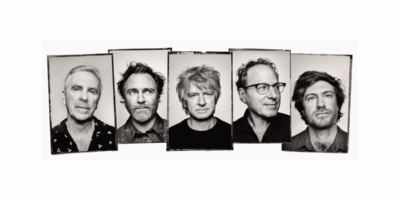As most creative types will tell you, inspiration can come from anywhere and music can be made from almost anything.
A pair of American researchers have taken that mantra to heart… or more accurately, the brain.
Introducing the world’s first piece of music that’s captured the ‘sound’ of a seizure, in which the two Stanford University professors constructed a ‘brain stethoscope’ to measure electrical activity and translating it into a unique sonic experience.
The surreal eplilepsy ‘song’ was devised by neurologist Josef Parvizi, who was struck with the idea during a concert by the Kronos Quartet in which they played melodies based on radio signals beamed from outer space, as Stanford News reports. Parvizi took his idea of turning the brain’s electrical activity into sound to fellow Stanford music professor, Chris Chafe, a leading expert in “musificiation,” the technical process of converting natural signals into music.
Parvizi, who specialises in treating patients suffering from intractable seizures through monitoring neurons with over 100 electrodes, offered the electroencephalogram (EEG) recordings of one his consenting patients to Chafe, who then set about setting the spikes of rapidly firing neurons in the seizure patient’s data to sound. Using an electronic ‘choir’ – to give the ear a relatable and initiative sound – Chafe began composing the piece.
Selecting certain neuron/electrode pairings, Chafe modulated notes sung by a female singer, with the pitch and inflection of the voice shifting in relation to increases in brain activity.
The results may sound slightly avant-garde (and spooky), but actually reflect the spikes and erratic changes in the brain’s electrical activity across three phases of a seizure event, as a Stanford News piece (via Gizmodo) explains:
Love Music?
Get your daily dose of metal, rock, indie, pop, and everything else in between.
In the moments leading up to the seizure event, though, each of the singers begins to improvise. The notes become progressively louder and more scattered, as the full seizure event occurs (the ictal state). The way Chafe has orchestrated his singers, one can hear the electrical storm originate on one side of the brain and eventually cross over into the other hemisphere, creating a sort of sing-off between the two sides of the brain. After about 30 seconds of full-on chaos, the singers begin to calm, trailing off into their post-ictal rhythm. Occasionally, one or two will pipe up erratically, but on the whole, the choir sounds extremely fatigued.
Listen to the untitled piece of seizure music below:
“My initial interest was an artistic one at heart, but, surprisingly, we could instantly differentiate seizure activity from non-seizure states with just our ears,” says Chafe of the results. “It was like turning a radio dial from a static-filled station to a clear one.” The pair are now using the results of their method – dubbed the “brain stethoscope” – towards developing a kind of biofeedback tool.
If they can achieve the brain stethoscope’s results in real-time brain activity, it could be used to help medical staff or caregivers by identifying brain patterns and early warning signs of a seizure in eplilepsy sufferers, ‘sounding’ if an undetected fit is imminent.
“Someone – perhaps a mother caring for a child – who hasn’t received training in interpreting visual EEGs can hear the seizure rhythms and easily appreciate that there is a pathological brain phenomenon taking place,” explains Parvizi.
Stanford’s Bio-X Interdisciplinary Initiatives Program (Bio-X IIP) are now providing funds in an effort to develop a working prototype of Parvizi and Chafe’s biofeedback tool. “This is what I like about Stanford,” Parvizi said. “It nurtures collaboration between fields that are seemingly light-years apart – we’re neurology and music professors! – and our work together will hopefully make a positive impact on the world we live in.”
Though Chafe admits that progress on the new seizure identifying scientific tool is still in the experimental testing phase.”We’ve really just stuck our finger in there,” Chafe said. “We know that the music is fascinating and that we can hear important dynamics, but there are still wonderful revelations to be made.”
The pair however plan to unveil a working version of their brain stethoscope at Stanford University’s own Cantor Arts Center in which visitors will don a headset that will transmit their EEG brain readings into music in real time. Now all the music world needs is to get some of music’s wicked brains to the conference to see what the sounds inside their craniums is really like.
(Image: L.A. Cicero. Source: Stanford News)

































